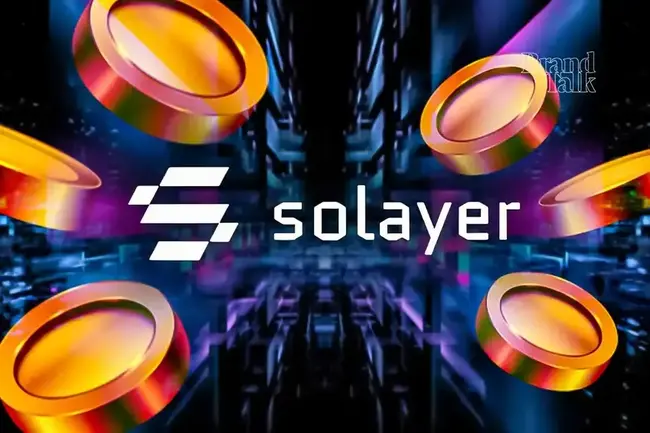
The Solayer @Solayer project has recently gained significant attention within the Solana ecosystem. It is not just a technical protocol but is genuinely changing the way people interact with blockchain. Simply put, Solayer is a re-staking and liquidity re-staking protocol focused on Solana, allowing users to stake SOL while also continuing to participate in staking with liquid staking tokens like LST, effectively utilizing their assets.
You might ask, where do the assets go after staking? They are precisely allocated to various AVS and blockchain solutions, helping many decentralized applications run more stably, while users can also earn decent returns, creating a win-win situation.
In terms of technology, Solayer @Solayer indeed has many impressive designs. For example, its InfiniSVM architecture utilizes cutting-edge technologies like RDMA and InfiniBand to achieve near-zero latency in network transmission, with a processing capacity of up to 1 million transactions per second. This performance level makes running high-frequency DeFi, NFTs, or real-time games on Solana much smoother.
Additionally, there is an interesting mechanism called Staking Weighted Service (swQoS). It dynamically allocates block space and transaction priority based on the amount of staking from validators—this not only improves the quality of network services but also effectively defends against witch attacks, making it friendlier to large holders, and optimizing the overall resource utilization of the network.
In terms of economic models, #BuiltonSolayer also provides users with multi-layered earning opportunities. In addition to the basic MEV-boosted staking rewards, you can also receive rewards issued by Solayer itself, and even gain additional incentives through collaborative projects like Kamin and Orca.
Let’s talk about their two key tokens: sSOL is a liquid staking token that allows you to stake SOL while maintaining liquidity and continuing to participate in re-staking. sUSD, on the other hand, is a synthetic stablecoin backed by U.S. Treasury bonds, pegged to the U.S. dollar, currently offering an annualized return of 4.33%, making it a good choice for stable assets.
In terms of ecosystem collaboration, Solayer is also actively expanding. It not only provides staking solutions for many dApps but also integrates with various financial tools and platforms, further bridging on-chain and off-chain scenarios. For example, their launched Solayer Travel allows users to enjoy discounts of up to 60% on hotel bookings directly using blockchain assets—this connects crypto assets with real-world consumption.
If you are a developer, Solayer Creator Pad has also prepared rich resources to help you integrate applications into this ecosystem and lower the development threshold.
In summary, Solayer @Solayer not only has made many technological innovations but is also striving to bridge real-world scenarios, making blockchain more than just 'on-chain games.' As the Solana ecosystem continues to grow, projects like Solayer that combine performance, practicality, and profitability are indeed worth paying attention to.


